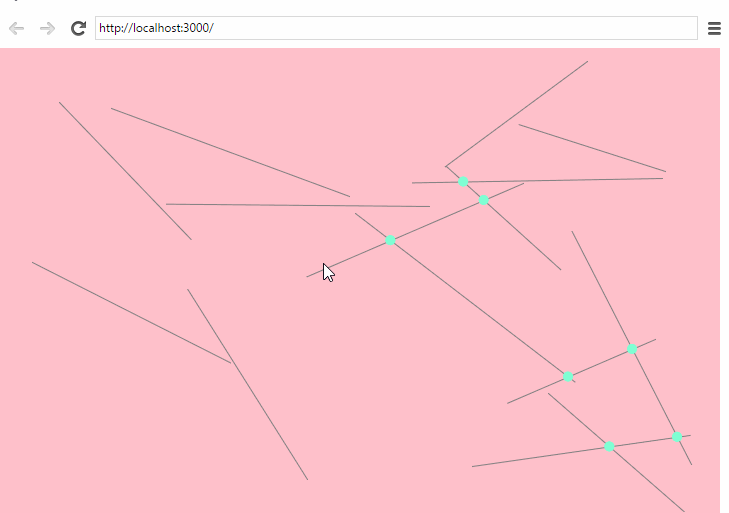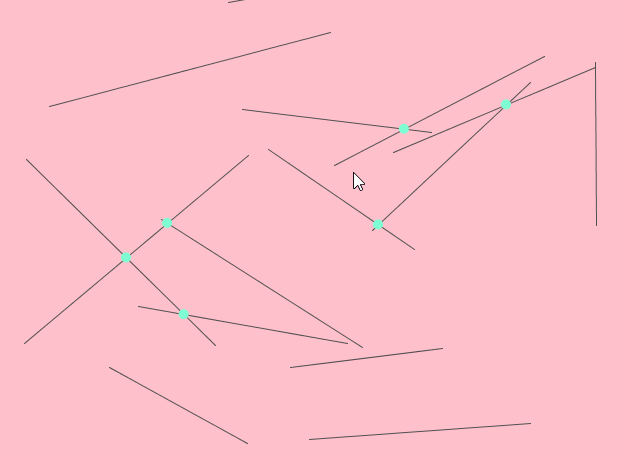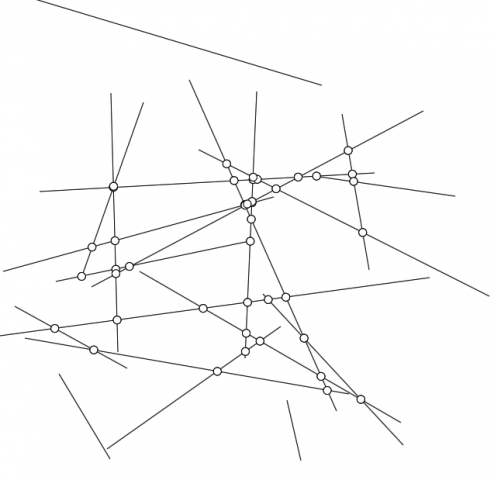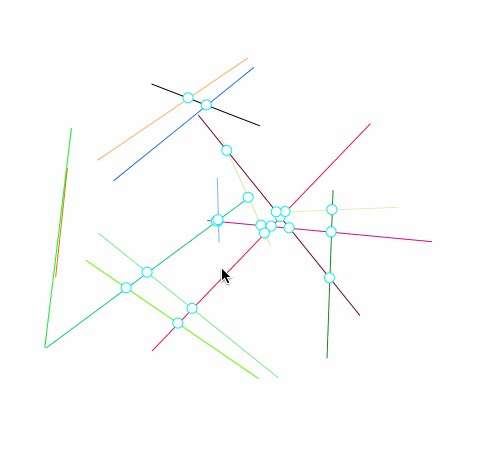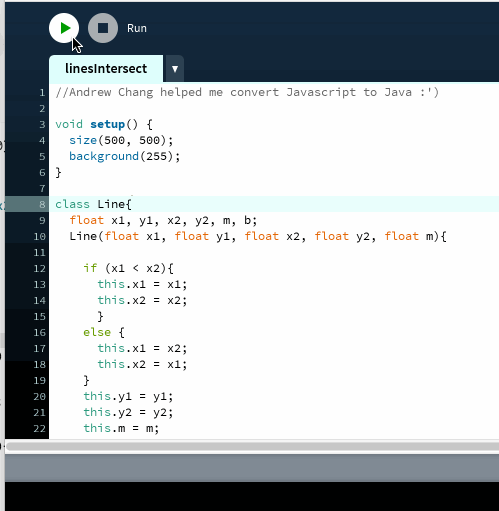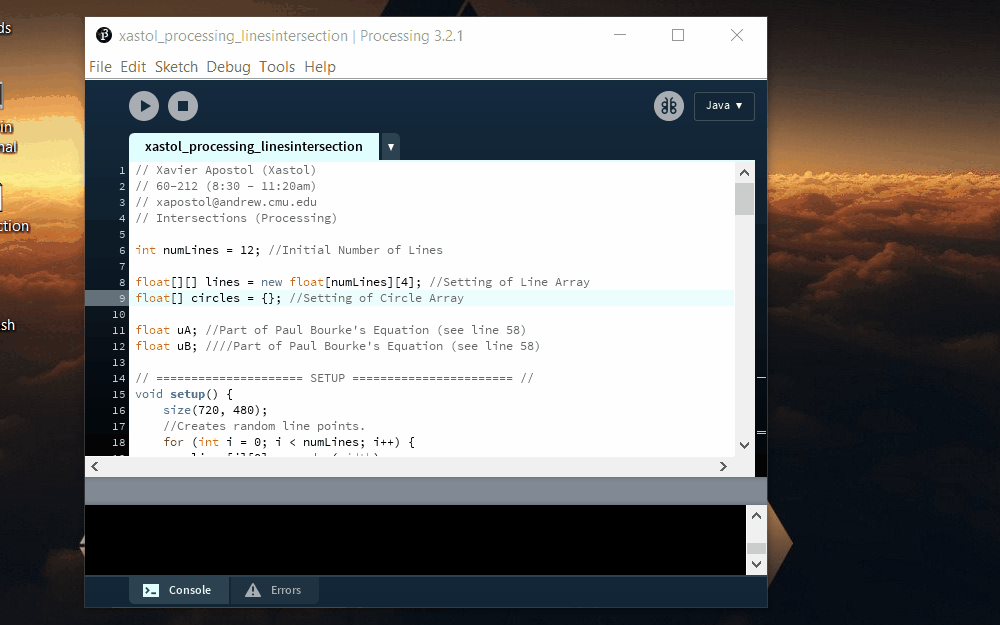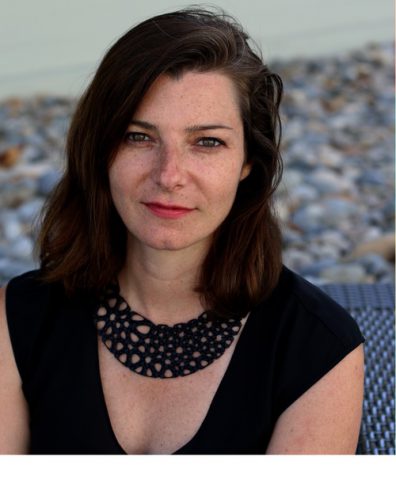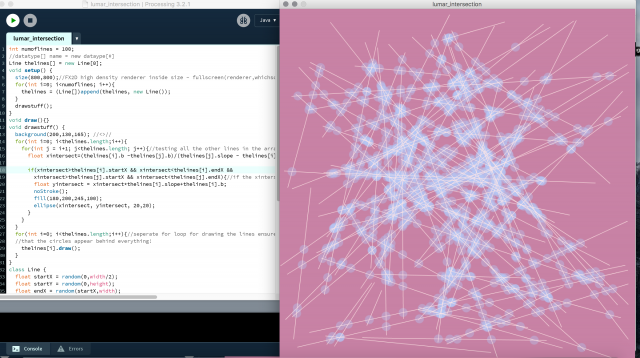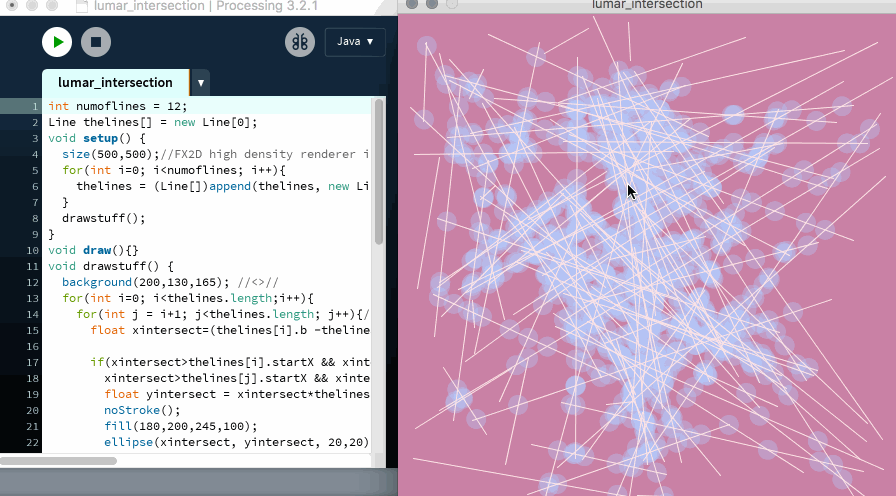Eyeo 2016 – Anouk Wipprecht from Eyeo Festival // INSTINT on Vimeo.
- Briefly summarize the person’s bio, perhaps with a bit of supplemental Googling. Who are they? where are they based? What did they study? How do they describe themselves and what they do?
Anouk is a Dutch designer who travels a lot, so I would only tentatively call her ‘based’ in Amsterdam, LA, and SF. Her personal website boldly declares “What does fashion lack?” and answers it with “Microcontrollers.” In her lecture she calls herself an interaction designer (interesting, interaction designer first or a fashion designer? She doesn’t elaborate). On her website she is a designer, engineer, curator and lecturer – in that order.
One of her biggest commercial projects was an audi Dress collection that utilized new Audi car tech.
Her Audi dress collection doesn’t seem to offer anything entirely insightful or new in intelligent environment and wearable interaction design. I kept waiting for the other shoe to drop…but while I really loved the abstract concepts she was talking about, I feel the transition from that to the concrete products lost a lot of the insight in translation. In the audi project on a different article she had mentioned that she believed ‘the notion of virtual reality is to limited to screens” and not enough with everyday objects and the environment…..that’s great! I love the idea she’s getting at – but her audi dress had no virtual reality component! The car did! So if that’s what she was trying to achieve….I’m afraid her dresses are just really futuristic in medium – not interaction.
When she said ‘biomimicry’ I was really hyped up – I wanted to see how she’d use biotech to make intelligent ‘dresses’ or as she considers it, the “environment”. Maybe even a bio-machine-learning-augmented-generative-adaptable dresses. The summary said “Her designs move, breath, and react to the world around them. She is interested in new ways we can interface — and builds micro-controlled garments to provoke her generation,” but I found that claim to be only superficially true on a lot of her bigger sponsored projects (especially the advertsing car show dress line for audi)
She cuts all the designs close to the body because it shouldn’t be the machine in control, or the person, but rather a symbiosis. She does so through “wireless biosignals” that will allow the dress to react to changes and environments.
2 years ago, she worked with Intel and medical ED with a camera and phone to record what the user was paying attention to. The dress became a ‘research entity’.
Some of the soundbytes/phrases and concepts she brought up that caught my attention:
She wants to help the process of “Gamifying fashion” to make wearables fun and accessible. I think she definitely achieved it in one particular project wherein she makes a ‘Unicorn horn’ fashion accessory for ADHD studies – allows the child to be a child not a subject to be studied. The fashion medical wearable with a camera allows for discrete monitoring whenever brain activities spike for when children’s attentions get caught. The video records get sent to the lab for later review.
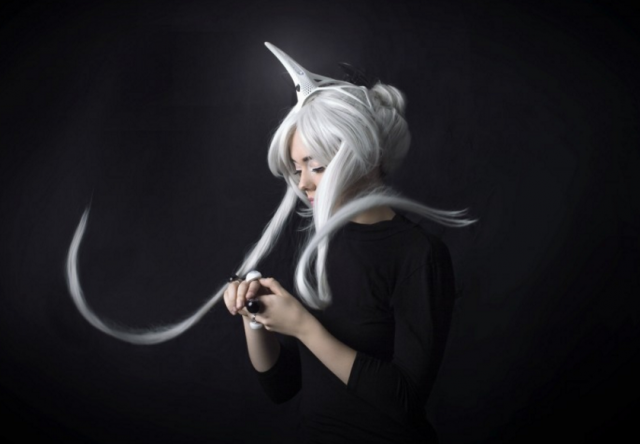
Unicorn Wearable Uses Neuroscience to Help Kids
I think she really sells her work well as “symbiosis of tech, fashion and the environment”
Also well noted, she says “fashion does not equal ‘clothing’… but fashion is too analog” she wants it digital and “to play a part in the social, public, and personal space.”
But my favorite was one saying “I keep everything open source…keeping it private – bullshit!” YEEES – share the knowledge.
What strategies do they use to present their work effectively? What can you learn about how to present your own work?
Good questions. I’m afraid I couldn’t see much of a structure to her presentation. Case in point – a well structured presentation would have informed listeners about what they’re going to hear and why. In this instance, I had no idea where she would go after one project after the other. There was less to teach so much as just her talk about her work in more depth and some of her philosophy that informed decisions.
anoukwipprecht.nl
labs.codame.com
- Embed their lecture video. If possible, additionally embed a video of one of their projects that you admire.
- Label your blog post with the Category, LookingOutwards-01.
- Title your blog post with the title: nickname-LookingOutwards01, where “nickname” is your login identity on this WordPress website.


